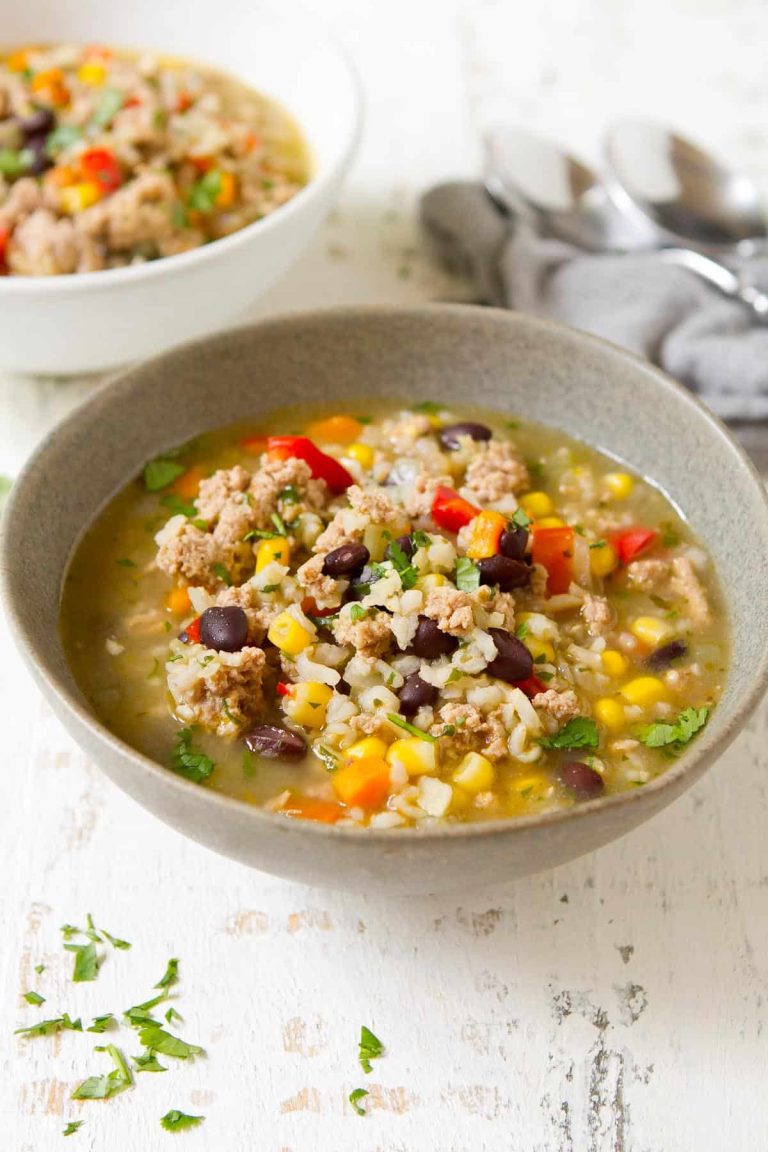Chicken Adobo: A Flavorful Journey from Filipino Roots to Modern Tables
Chicken Adobo occupies a central place in Filipino cuisine, celebrated for its enduring popularity across the archipelago. Deeply ingrained in Philippine culture, the dish offers a unique blend of simplicity and rich flavors stemming from native cooking practices. Indigenous people in the Philippines traditionally used vinegar, salt, and spices for preservation, which ultimately laid the groundwork for Adobo’s distinct taste. Written records from the 16th century document these early preservation methods, showcasing Adobo’s historical significance.
Influences from Spanish Colonization
Spanish colonization introduced several key ingredients and cooking techniques that shaped modern Chicken Adobo. Spaniards brought soy sauce and increased the use of vinegar, enhancing the preservation qualities and flavor profile of the dish. The term “Adobo” itself comes from the Spanish word “adobar,” meaning “to marinate,” signifying the blend of local Filipino and Spanish culinary traditions. During the over 300 years of Spanish rule, the fusion of these influences gave rise to the Chicken Adobo recipe we recognize today.
Key Ingredients Used in Famous Chicken Adobo
The Essential Role of Vinegar
Vinegar provides Chicken Adobo with its characteristic tangy flavor. The acidity tenderizes the meat, enhancing its juiciness. Traditional Filipino recipes often use cane vinegar for its mild, slightly sweet taste, contributing to the dish’s unique balance of flavors. In contemporary variations, other vinegar types like white, apple cider, or even coconut vinegar might be used, each imparting subtly different flavor profiles.
Soy Sauce: Achieving the Perfect Umami
Soy sauce delivers the savory umami in Chicken Adobo, contrasting the tanginess from the vinegar. It imbues the dish with complex salty notes essential for its rich taste. Light soy sauce offers a subtler flavor, preserving the marinade’s balance, whereas dark soy sauce creates a more robust, deeper umami experience and imparts a darker color to the dish.
Additional Spices and Variations
Several other ingredients elevate Chicken Adobo’s flavor profile.
- Garlic Cloves: Crushed garlic intensifies the marinade’s aroma and depth of flavor.
- Bay Leaves: These add subtle earthy notes, complementing the main ingredients.
- Black Peppercorns: They provide a mild heat, balancing the dish’s tangy and savory aspects.
- Onion: Sliced onions can add sweetness, enhancing the dish’s complexity.
- Sugar: A pinch of sugar balances the acidity and saltiness, adding a slight sweetness.
Variations might include coconut milk for a creamy twist or chili peppers for additional heat. Another common variation uses pineapple for a tropical sweetness that contrasts the dish’s tangy elements.
By incorporating these ingredients thoughtfully, you create a harmonious blend of tangy, savory, and slightly sweet flavors that define the beloved dish.
Cooking Techniques for Perfect Chicken Adobo
Marinating for Flavor Depth
Marinate chicken for at least 30 minutes to enhance flavor penetration. Use soy sauce, vinegar, crushed garlic, and cracked black pepper. For an extra layer, add bay leaves. Refrigerate during marination to prevent bacterial growth. This process allows the flavors to meld with the chicken, making it more succulent and flavorful.
Balancing Simmering and Reduction
Simmer the marinated chicken on medium heat for about 20 minutes, allowing it to cook evenly. After simmering, remove the lid and increase the heat to medium-high to reduce the sauce. Reduction concentrates the flavors, resulting in a thicker, richer sauce. Stir occasionally to prevent burning and ensure an even consistency.
Serving and Pairing Ideas for Chicken Adobo
Traditional Filipino Side Dishes
Chicken Adobo pairs excellently with several traditional Filipino sides. Steamed white rice, the most common pairing, absorbs the savory and tangy adobo sauce, enhancing each bite. Garlic fried rice, or sinangag, adds extra flavor and crunch. For a vegetable option, consider atchara (pickled papaya), which offers a sweet and tangy contrast to the rich adobo. Filipinos also enjoy pairing adobo with kinilaw, a Filipino-style ceviche, for a refreshing and acidic complement.
International Pairing Options
For a global twist, you can pair Chicken Adobo with various international sides. Mashed potatoes provide a creamy texture that balances the savory adobo sauce. Couscous, a North African staple, adds a different grain component that soaks up the sauce well. A green salad with a bright citrus vinaigrette offers a fresh contrast. For a Mediterranean flair, consider roasted vegetables like zucchini and bell peppers, which can complement the dish’s rich flavors without overpowering them.
Health Benefits of Chicken Adobo
Low-Calorie Protein Choice
Chicken Adobo offers a low-calorie protein choice, making it suitable for various diets. Skinless chicken, often used in the dish, contains fewer calories compared to other meats. A 3-ounce serving of cooked skinless chicken breast provides about 140 calories and 26 grams of protein. This nutrient profile helps with muscle repair and growth. Choosing low-calorie protein sources like chicken can support weight management and overall health.
Antioxidant Properties of Spices
Chicken Adobo contains spices with notable antioxidant properties. Garlic, a key ingredient, is rich in allicin, an antioxidant that helps neutralize free radicals. Black pepper, another staple in the recipe, contains piperine, known for its antioxidant effects. Vinegar, commonly used in the marinade, can aid in reducing oxidative stress. Incorporating these spices into your diet through Chicken Adobo can contribute to improved health and reduced risk of chronic diseases.
Conclusion
Chicken Adobo isn’t just a dish; it’s a culinary journey that encapsulates the rich history and diverse influences of Filipino cuisine. By mastering its preparation and understanding its health benefits, you’re not only enjoying a flavorful meal but also embracing a piece of cultural heritage. Whether you pair it with traditional sides or experiment with international flavors, Chicken Adobo’s versatility ensures it remains a beloved favorite in your kitchen. So, gather your ingredients, follow the techniques, and savor the delicious taste of this iconic dish.






